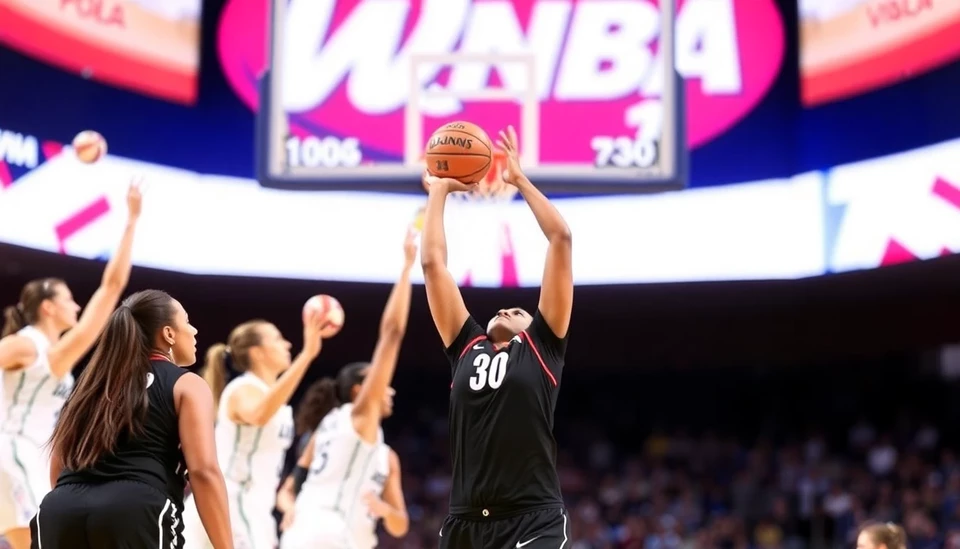
The Women's National Basketball Association (WNBA) is currently experiencing an unprecedented surge in popularity, but experts warn that this rapid expansion may lead to unforeseen consequences for women's basketball as a whole. As viewership numbers soar and franchises make headlines with record sales and expanded fan bases, some analysts caution that hastily navigating this growth could undermine the very foundation of the sport.
At the core of this debate is the fact that the WNBA has become a beacon of hope and representation for women in sports, but a breakneck pace of development might not be sustainable. The question arises: is the WNBA's rapid growth beneficial, or could it ultimately harm women's basketball at various levels?
The league's recent success can be attributed to several factors, including increased investment from corporate sponsors, a push for more televised games, and the utilization of social media to enhance fan engagement. The infusion of capital has led to higher salaries for players, better facilities, and increased visibility. During the last few seasons, the championship games have attracted millions of viewers, illustrating a growing appetite for women's sports.
However, despite these successes, there are concerns regarding the potential over-commercialization of the WNBA. Experts argue that focusing solely on maximizing profits and revenues might dilute the competition among franchises and the authenticity of women's basketball. Over time, such a transition could shift the league's priorities, steering the WNBA away from its foundational principles of promoting women's athletics and community involvement.
Furthermore, the expansion of the league may lead to a dilution of talent. Adding new teams can stretch player pools thin and impact the quality of competition. Critics suggest that maintaining a high standard of play is crucial for the sport's integrity and long-term growth, and caution against prioritizing quantity over quality may be detrimental.
Moreover, the spotlight on the WNBA could overshadow other women's leagues and grassroots programs that are essential for the pipeline of talent. High schools and colleges have historically been the breeding grounds for future stars, but a larger WNBA presence could inadvertently siphon resources away from these programs. The focus may shift from nurturing young talent to amplifying star players, jeopardizing the long-term development of the sport.
As the WNBA navigates its path forward, striking a balance between growth and sustainability will be crucial. Engaging with fans, retaining competitive integrity, and fostering grassroots development are all essential elements that the league must prioritize to ensure that women's basketball continues to flourish at every level.
In conclusion, while the WNBA’s rapid growth presents many exciting opportunities, stakeholders must remain vigilant about protecting the integrity and inclusivity of women's basketball. The future of the sport may depend on how well the league manages this growth and invests in the broader ecosystem of women’s athletics.
#WNBA #WomensBasketball #SportsGrowth #WomenAthletes #Basketball #Sustainability #WomenInSports
Author: John Harris


